Dhamsa – a sneak peek into tribal life, while in Kolkata
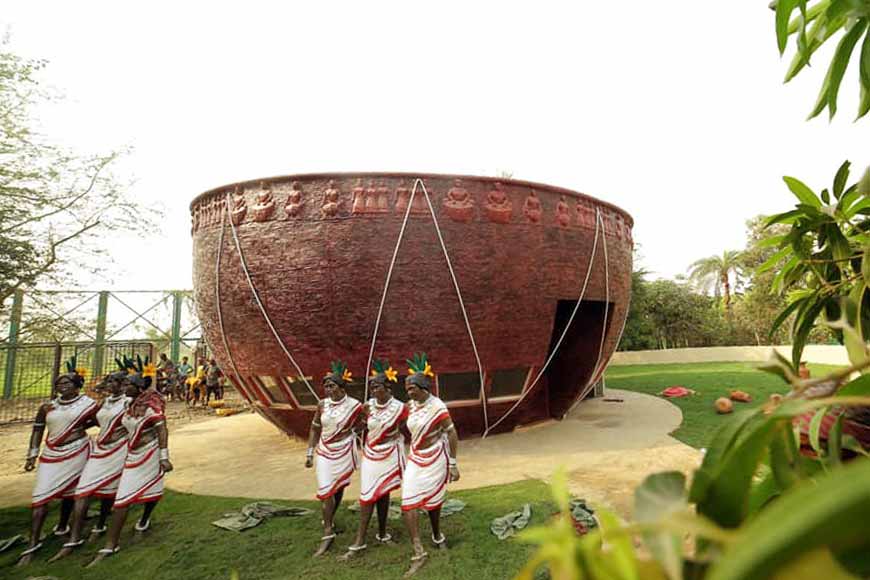
In the middle of the urban city jungle, how about enjoying the food of those for whom the forest is home? Over the past few years, Kolkata has always been a foodie’s paradise. People here have experimented with and experienced ‘different’ kinds of food joints, some of which have been conceptualized by government authorities to promote the laid-back regions of Bengal and bring them to the gourmet map. One such food joint is Dhamsa, the tribal hangout located in Eco Park.
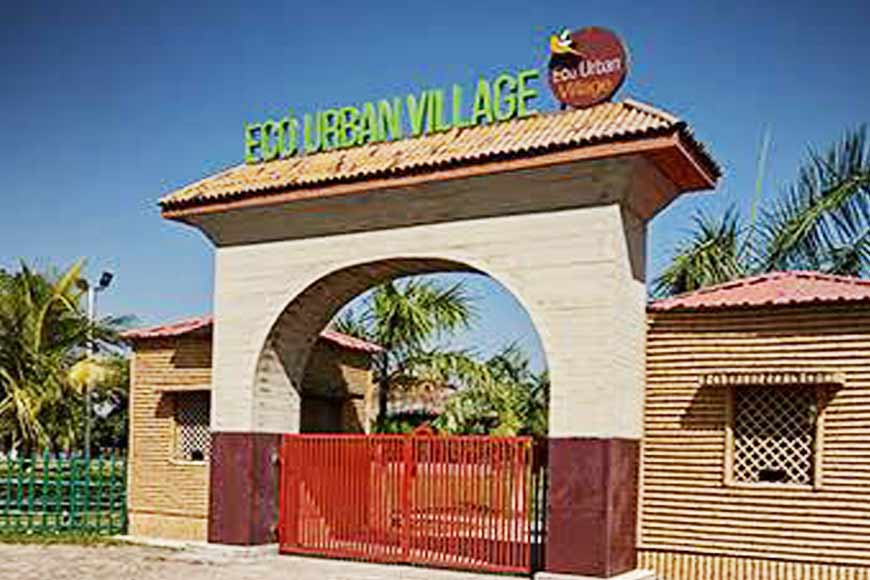 Eco Urban Village
Eco Urban Village
Eco Park itself is unique as it upholds the importance of maintaining the ecological balance. It reminds us that an open space filled with trees can give us an extremely refreshing feeling, which is much needed to escape the continuous hustle and monotony of life. Eco Park has activities that can be enjoyed on weekends or holidays, such as duo cycling, water zorbing, e-bike, floating pontoon, kayaking, and many more. Spread across an area of 480 acres, it includes 100 acres of water body with an island.
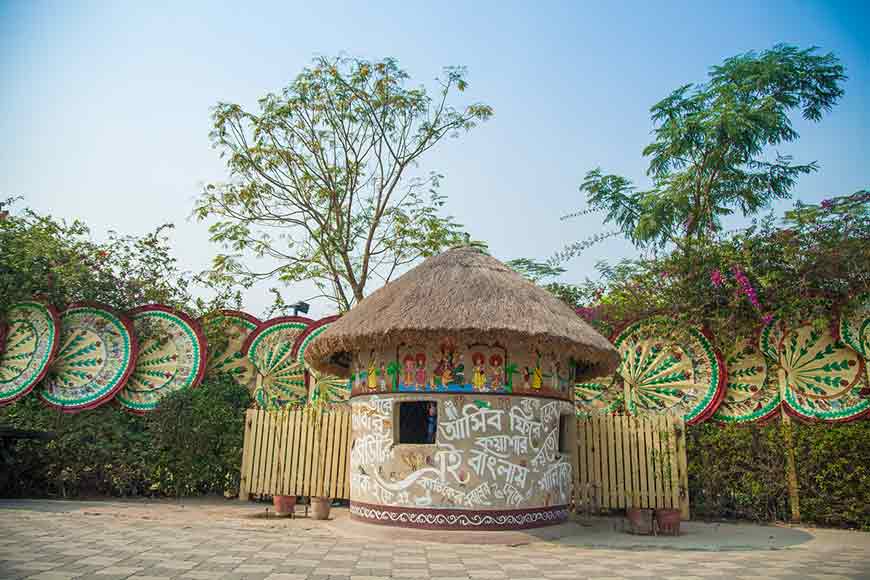 Bengal Village
Bengal Village
Also read : Memories of Shutki - The Dried-Salted Fish
Eco Park also provides the opportunity to roam around and enjoy the beauty of thematic areas such as Horinalaya, Tropical rainforest, Bengal village, butterfly garden, mist garden, and many more. The tropical rainforest is near gate no. 3 beside the rose garden. Along with the predominant trees such as Shimul, Palash, Chalta, Kathbadam, Chhatim, and Kadam, many other trees have been planted to provide a feeling of the Amazon. The Bengal village covers 3 acres of land. It depicts rural village life, unknown to most urban people. The beauty, serenity and simplicity of Bengal village life is worth experiencing. Palanquins, thatched huts, Chandimandap, markets, and one tea stall in the gram. And along with that is the rustic yet close-to-nature tribal life.
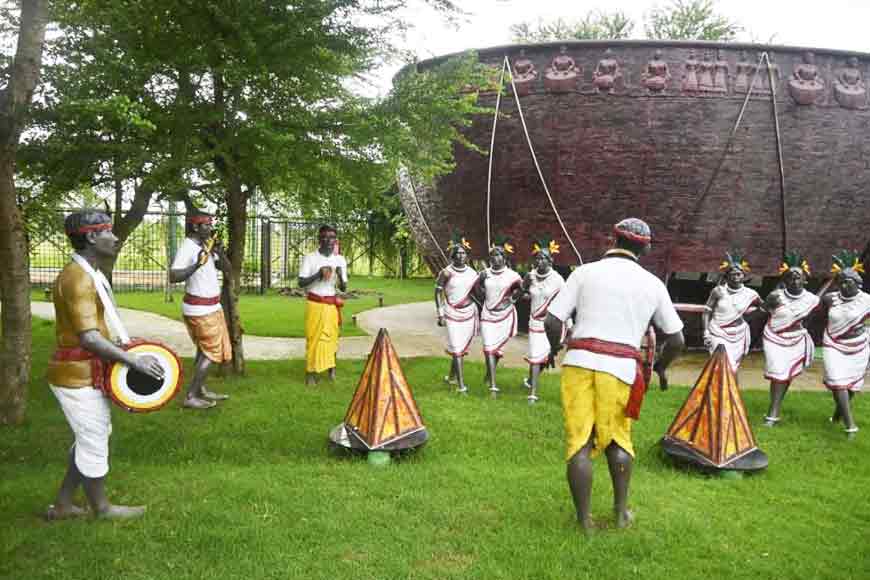 Figurines
Figurines
Dhamsa- the Tribal Kitchen is located deep inside the Eco Park, near gate no. 6. The restaurant has been given the shape of Dhamsa- the traditional folk instrument that is famous in West Bengal and Orissa among tribals. The Dhamsa is used during Chau dance performances. The instrument was also used to convey messages from one village to another by banging the sticks on them in ancient times when communication was not as easy as today. There are sitting arrangements outside the restaurant to spend time before or after the meal, basically doing what we Bengalis love the most - adda (gossip). Adda ranks second on the list of Bengalis’ favourites, the first one being food. The seats and tables are wooden, brought from the Saal forests of Bengal. Inside the restaurant, one can witness real Shitolpaati (a mat made from murta plants, used during summer to feel the cool touch), alpona (a rangoli made only from rice flour), and Santhali dance. The menu primarily focuses on Santhal or tribal delicacies and their culture.
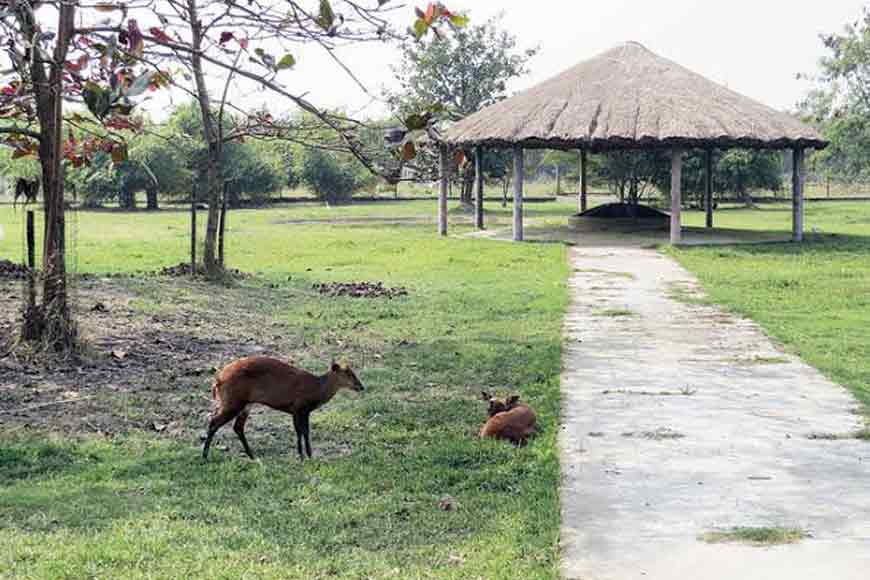 Horinalaya
Horinalaya
The restaurant serves delicious tribal food such as Birbhum’s Beler Morobba (aegle), puffed rice with posto (poppy seeds), Borishaler Thali, Banspora (chicken, mutton, or fish steamed in bamboo), and Khorikaetc etc. Some special desserts here are Kalo Chaler Payesh (Kheer made of black rice), Bhapa Doi (steamed curd) and more. For starters, different types of sherbets are available such as Hazarduarir Shorbat (green mango sherbet), Beler Shorbat, etc. The utensils that they use to serve the food and drinks are like those mostly used in villages of Bengal.
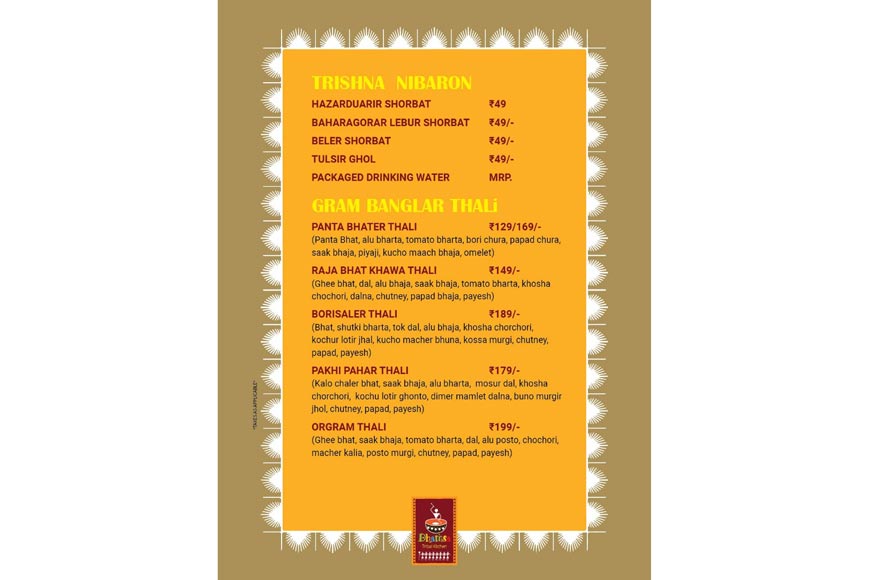
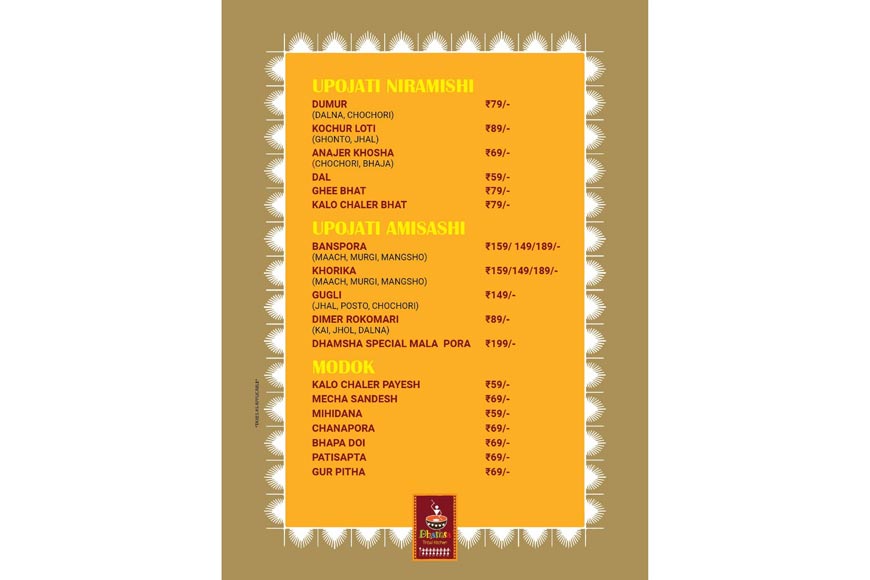
A big attraction on the menu is Panta Bhaater thali (a dish that is prepared overnight and steeped in water), a very native delicacy of rural Bengal, a recipe that has been handed down from one generation to another and is loved the same way by every Bengali. The Panta Bhaat is served with onion, chilies, a slice of lime with mourala maach bhaja (deep-fried anchovies), etc.
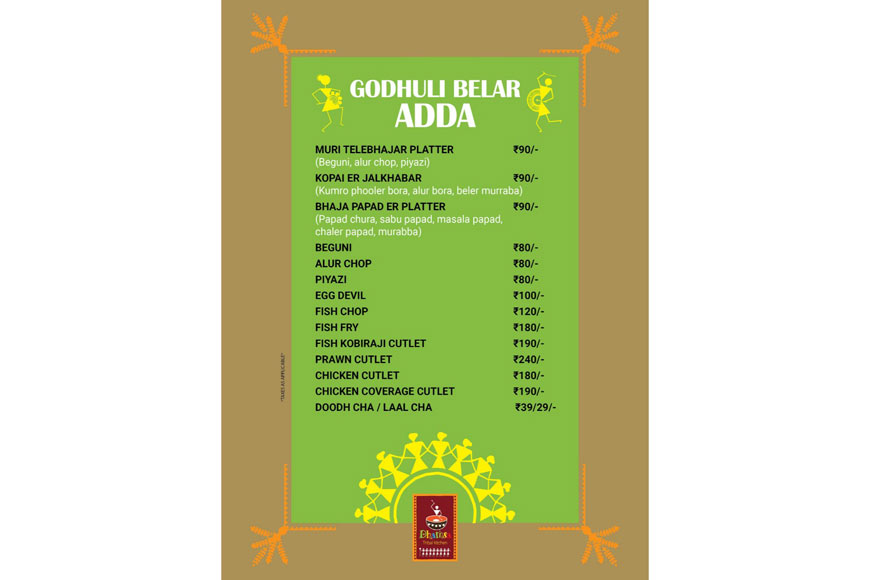
The restaurant portrays the culture of regions like Bankura, Purulia, Birbhum, Bardhaman, and the tribal and semi-tribal belts of Bengal. Indeed, one cannot grasp the actual culture or the lifestyle of the people of this region, until they spend enough time with them. But this effort by Dhamsa to bring forward and promote the tribal culture is worth a visit. It gives an idea of how the tribals live and the most prominent and important message that Dhamsa conveys is how close the tribals are to nature. We, the urban dwellers, very seldom get the chance to get away from the concrete jungle. Visiting Dhamsa may give rise to an urge to visit the villages of Bengal and if it does, acting on that urge will almost certainly be a good decision.








.jpg)


